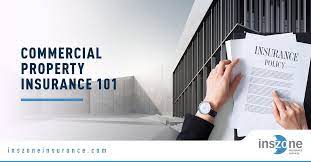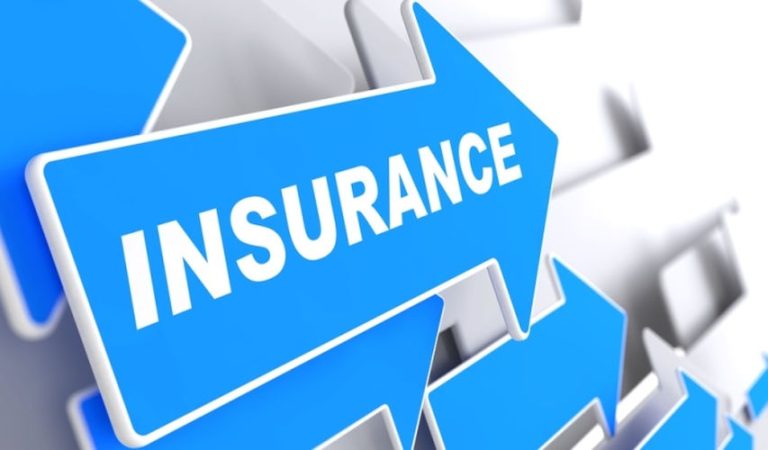
Introduction:
In the dynamic world of business, commercial property owners face a myriad of risks that could jeopardize their investments. From natural disasters to unexpected accidents, the need for comprehensive commercial property insurance has never been more critical. This article delves into the intricacies of commercial property insurance, exploring its importance, key components, and tips for finding the right coverage for your business.
I. Understanding Commercial Property Insurance:
Commercial property insurance is a safeguard for businesses against financial losses resulting from damage to their physical assets. These assets may include buildings, inventory, equipment, and other tangible items vital to the operation of the business. Unlike residential property insurance, commercial property insurance is tailored to the unique risks faced by businesses.
II. Importance of Commercial Property Insurance:
- Asset Protection: Commercial property insurance acts as a shield for businesses, protecting their physical assets from a range of perils such as fire, vandalism, theft, and natural disasters. In the event of a covered loss, the policy can provide funds to repair or replace damaged property.
- Business Continuity: Disruptions caused by property damage can lead to significant financial setbacks. Commercial property insurance helps ensure business continuity by covering the costs of temporary relocation, equipment replacement, and ongoing expenses during the restoration period.
- Liability Coverage: Beyond protecting physical assets, commercial property insurance often includes liability coverage. This safeguards businesses from legal and medical expenses if someone is injured on the insured property or if the business is found responsible for damaging someone else’s property.
III. Components of Commercial Property Insurance:
- Building Coverage: The cornerstone of commercial property insurance, building coverage protects the physical structure of the business premises. This includes not only the main building but also attached structures such as garages and fences.
- Business Personal Property Coverage: This component extends coverage to the business’s tangible assets, including inventory, furniture, machinery, and equipment. It ensures that in the event of a covered loss, these essential items can be repaired or replaced.
- Business Interruption Insurance: Business interruption insurance, a crucial element of commercial property insurance, covers lost income and operating expenses when a business is temporarily unable to operate due to a covered event. This coverage helps bridge the financial gap until normal operations can resume.
- Additional Coverages: Depending on the policy and business needs, additional coverages may include equipment breakdown, sewer and drain backup, and valuable papers coverage. Understanding these additional components is vital for tailoring a policy that suits the unique risks faced by the business.
IV. Factors Influencing Commercial Property Insurance Costs:
- Property Location: The geographical location of a commercial property plays a significant role in determining insurance costs. Properties located in areas prone to natural disasters or high crime rates may incur higher premiums.
- Building Characteristics: The age, construction materials, and overall condition of the building influence insurance costs. Up-to-date and well-maintained properties may qualify for lower premiums.
- Business Operations: The nature of the business, its size, and the type of equipment used are critical factors. Certain industries may face higher risks, affecting insurance costs.
- Security Measures: Implementing security measures such as surveillance systems, alarms, and sprinkler systems can lead to lower insurance premiums. Insurers often reward businesses that take proactive steps to mitigate risks.
V. Tips for Finding the Right Commercial Property Insurance:
- Conduct a Risk Assessment: Evaluate the specific risks your business faces. Understanding potential hazards allows you to choose a policy that adequately addresses your unique needs.
- Work with Reputable Insurers: Research and choose insurers with a proven track record in commercial property insurance. Check reviews, ratings, and testimonials to gauge the satisfaction of other business owners.
- Customize Coverage: Tailor your insurance coverage to match the specific requirements of your business. This may involve selecting additional coverages or adjusting policy limits based on the value of your assets.
- Bundle Policies: Many insurers offer discounts for bundling multiple policies. Consider combining commercial property insurance with other business insurance products to maximize cost savings.
- Regularly Review and Update: Business landscapes evolve, and so do insurance needs. Regularly review and update your commercial property insurance to ensure it aligns with the current state of your business and its assets.
Conclusion:
Commercial property insurance is an indispensable tool for safeguarding businesses against the unpredictable challenges they may face. By understanding the key components, importance, and factors influencing costs, business owners can make informed decisions when selecting the right insurance coverage. In a world where uncertainties abound, a robust commercial property insurance policy provides the peace of mind necessary for businesses to thrive and endure






